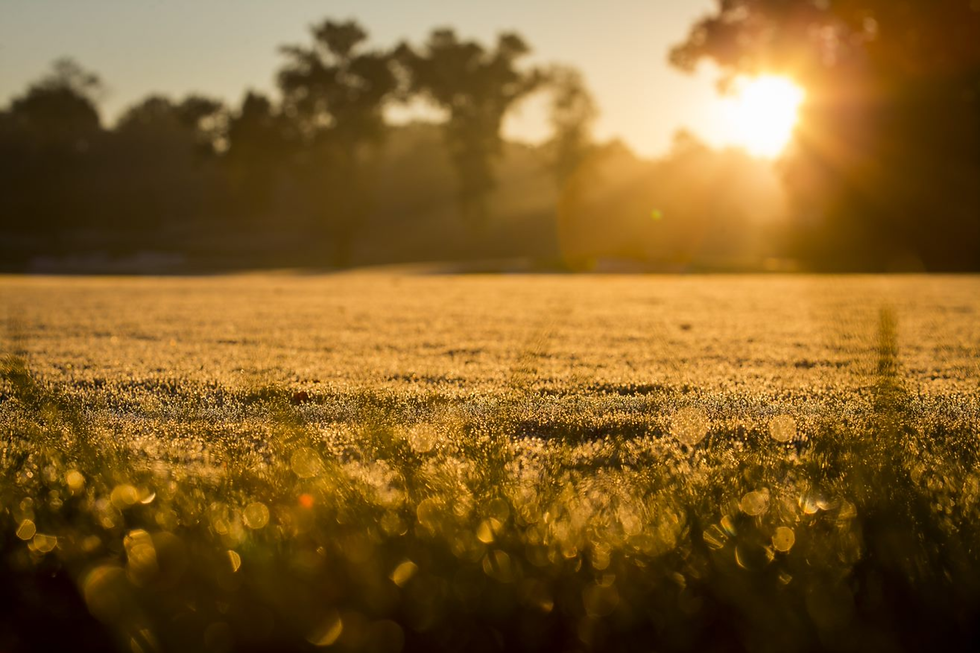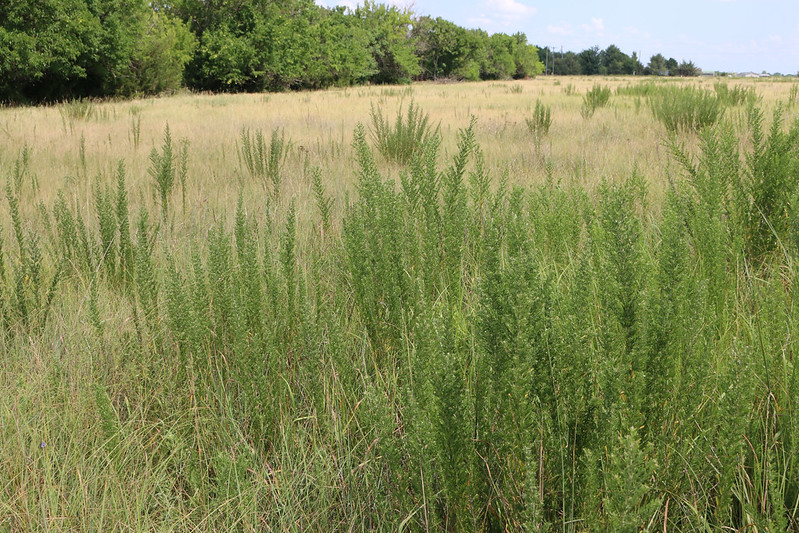When the Rain Doesn’t Come: Caring for Pastures in the Heat
- Nicole Johnson

- Jul 18
- 3 min read
It’s July in Aiken, and the ryegrass is long gone. The sun’s high, the breeze is hot, and if you’ve walked your pasture lately and felt more dust than dew—you're not alone.
At Juniper Equiland, we don’t rely on irrigation. What we do rely on is observation, timing, and a growing understanding of how to work with the land, even when the weather doesn’t cooperate.

Heat Stress Isn’t Just About Dry Grass
When we talk about heat-stressed pastures, we’re not just talking about brown blades. We’re talking about a system-wide slowdown. Soil microbes go quiet. Cool-season grasses like rye or fescue fade out. Even tough warm-season growers like Bahia or Bermuda can start to stall if the soil dries too deeply.
One of our clients recently called after noticing her field, still green from a distance, was crumbling under hoof. “It’s like walking on tissue paper,” she said. That’s a classic sign of shallow root systems—surface-level growth without underground resilience. It’s one of the first symptoms we look for when pastures start struggling under summer stress.
When the Weeds Move In
Heat doesn’t just test your forage—it invites your enemies.

While your desirable grasses go dormant, opportunistic weeds move in fast. We’re currently fighting back a patch of Chinese bushclover (Lespedeza cuneata) that showed up in a hot, undergrazed corner—proof that even one season of stress can give an invasive species a foothold.
The takeaway? Bare soil is an open invitation. And heat stress, left unmanaged, swings the door wide open for the wrong plants to take over.
Smarter Summer Weed Control
Weed control in the heat isn’t about “spray and pray.” It’s about stacking the odds in favor of your forage. Here’s what we recommend:
Keep the Soil Covered Use rotational grazing, timed rest, or even short-term ground covers to maintain root activity and reduce bare spots.
Mow Before They Seed A quick mow—especially before aggressive weeds go to seed—can slow their spread and give your pasture breathing room.
Spot Spray, Don’t Blanket Targeted herbicide applications are more effective and gentler on your soil system, especially for tough invaders like pigweed or thistle.
Feed the Forage, Not the Weeds Summer stress often reveals soil weaknesses. A soil test can show you where your pasture is falling short—the best herbicide is healthy soil so help restore balance.
Use Summer to Plan for Fall Take notes now. Thin patches, compacted zones, or persistent weed outbreaks all point to where overseeding, rest, or amendment will matter most when cooler weather returns.

What We’ve Learned on Our Own Farm
Running without irrigation has forced us to be deliberate. Here’s what experience (and a few mistakes) have taught us:
Don’t Chase Green It’s tempting to keep grazing anything that looks alive. But stressed plants don’t recover easily. Overgrazing during a drought can set your pasture back for seasons.
Observe, Don’t Assume Dormant isn’t dead. The real test is how your pasture responds—not how it looks on the surface.
Soil Health Buys You Time Healthy soil holds water longer, supports deeper roots, and buffers against temperature swings. On our own fields, we’ve seen pastures hold up 10-days longer just from having better organic matter.
Plan for the Heat, Not Around It Dry spells aren’t surprises anymore. They’re part of the pattern. Your pasture system should expect them—and be ready.

Listening to the Land
In Aiken, we’re used to doing things a certain way. But the land is changing. Our pastures are asking us to adapt—not react.
At Juniper Equiland, we believe resilience starts with better choices. Soil-first, weed-smart, season-aware. Whether you’re grazing five acres or fifty, there’s always a way to move forward with intention.
Let’s grow smarter, together.
Nicole Johnson is the co-founder of Juniper EquiLand, providing consultative pasture care for horse properties across Aiken County. Learn more at juniperequiland.com.




Comments